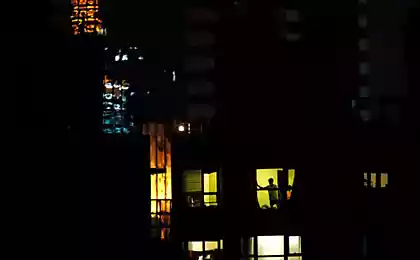172
The Japanese Hikikomori Phenomenon: The Voluntary Recluses of Modernity

In modern Japan, there is an amazing social phenomenon: hundreds of thousands of young people voluntarily isolate themselves from society, almost without leaving their rooms for years. They are called hikikomori, literally “being in solitude.”
Who are hikikomori?
Statistics:
- More than 1 million hikikomori in Japan
- Median age: 15-39 years
- 80% of hikikomori are male
- Average length of isolation: 13 years

Causes of the phenomenon
Experts identify several key factors leading to the development of hikikomori syndrome:
- Social pressureJapanese society's strict requirements for success and career
- Educational stress: exhausting education system and competition
- Technological isolationThe ability to meet all basic needs via the Internet
- Family relations: hyperprotection by parents
A Day in the Life of a Hikikomori
“I wake up about 2 p.m. I spend time at the computer, play games, watch anime. I order food online. I go to bed at dawn. And so day after day... It's been 7 years. — Anonymous hikikomori, 28

Rehabilitation methods
In Japan, special centers for hikikomori assistance are being established:
- Progressive socialization programs
- Group therapy
- Vocational training
- Family counselling
Impact of the pandemic
COVID-19 paradoxically contributed to the hikikomori problem. As social isolation became the norm, many hikikomori felt that society could finally understand them. However, it has also made it more difficult to rehabilitate those who have taken the first steps towards re-entry into society.
International distribution

The hikikomori phenomenon is no longer confined to Japan. Similar cases of social exclusion occur in:
- South Korea
- Hong Kong
- USA
- European countries
The problem of hikikomori is not just a Japanese phenomenon, but a global challenge to modern society. Dr. Saito Tamaki, psychiatrist
Secret messages in famous paintings: what the artists encrypted
How to choose and buy a TV: cheap models and TV with 4K UHD























